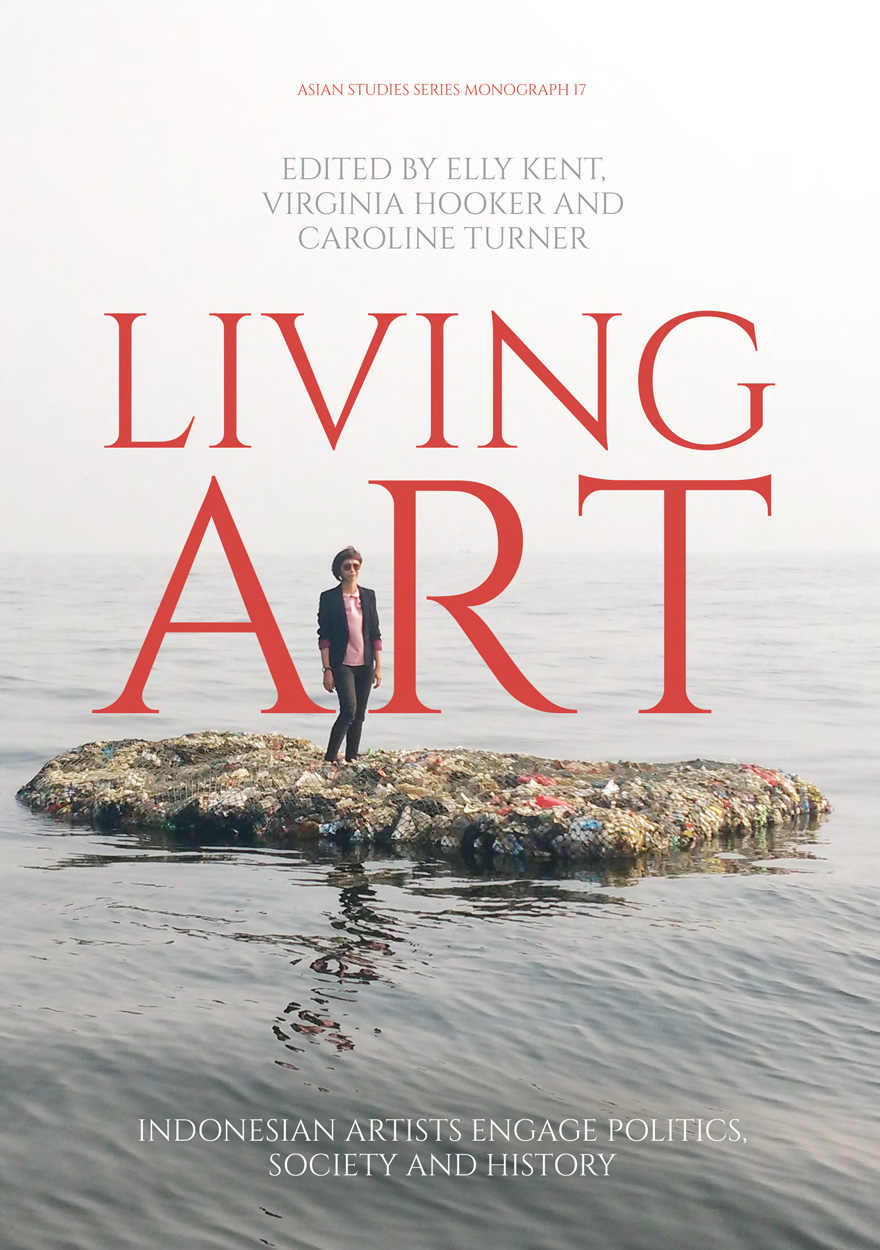Elly Kent
Dr Elly Kent is a researcher, writer, translator, artist, educator and intercultural professional who works in academia and the arts in Indonesia and Australia. Her research focuses on the art of Southeast Asia, particularly Indonesia, and she is a lecturer in Indonesian studies at UNSW Canberra.




